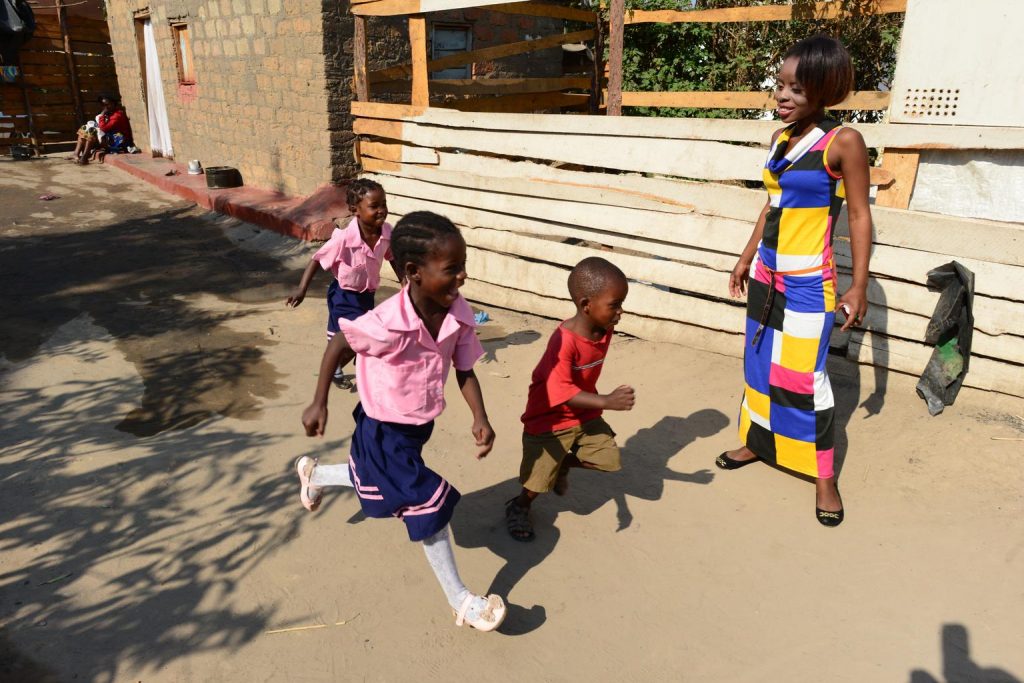The emergence of infectious diseases of zoonotic origin highlights the need to understand social practices at the animal-human interface. This study provides a qualitative account of interactions between humans and wild animals in predominantly Mende villages of southern Sierra Leone. The authors conducted fieldwork over 4 months including participant and direct observations, semi-structured interviews (n = 47), spontaneously occurring focus group discussions (n = 12), school essays and informal interviews to describe behaviours that may serve as pathways for zoonotic infection. In this region, hunting is the primary form of contact with wild animals.
The study describes how these interactions are shaped by socio-cultural contexts, including opportunities to access economic resources and by social obligations and constraints. This research suggests that the potential for exposure to zoonotic pathogens is more widely distributed across different age, gender and social groups than previously appreciated. The study highlights the role of children in hunting, an age group that has previously not been discussed in the context of hunting. The breadth of the “at risk” population forces reconsideration of how we conceptualize, trace and monitor pathogen exposure.



